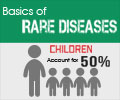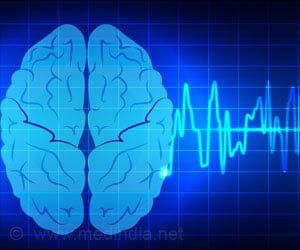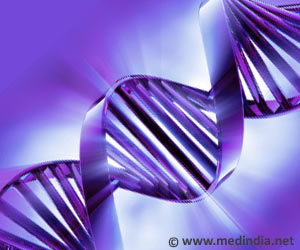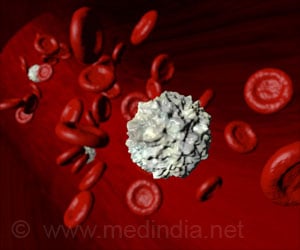Researchers used artificial intelligence technology to detect rare genetic diseases using patient photos.
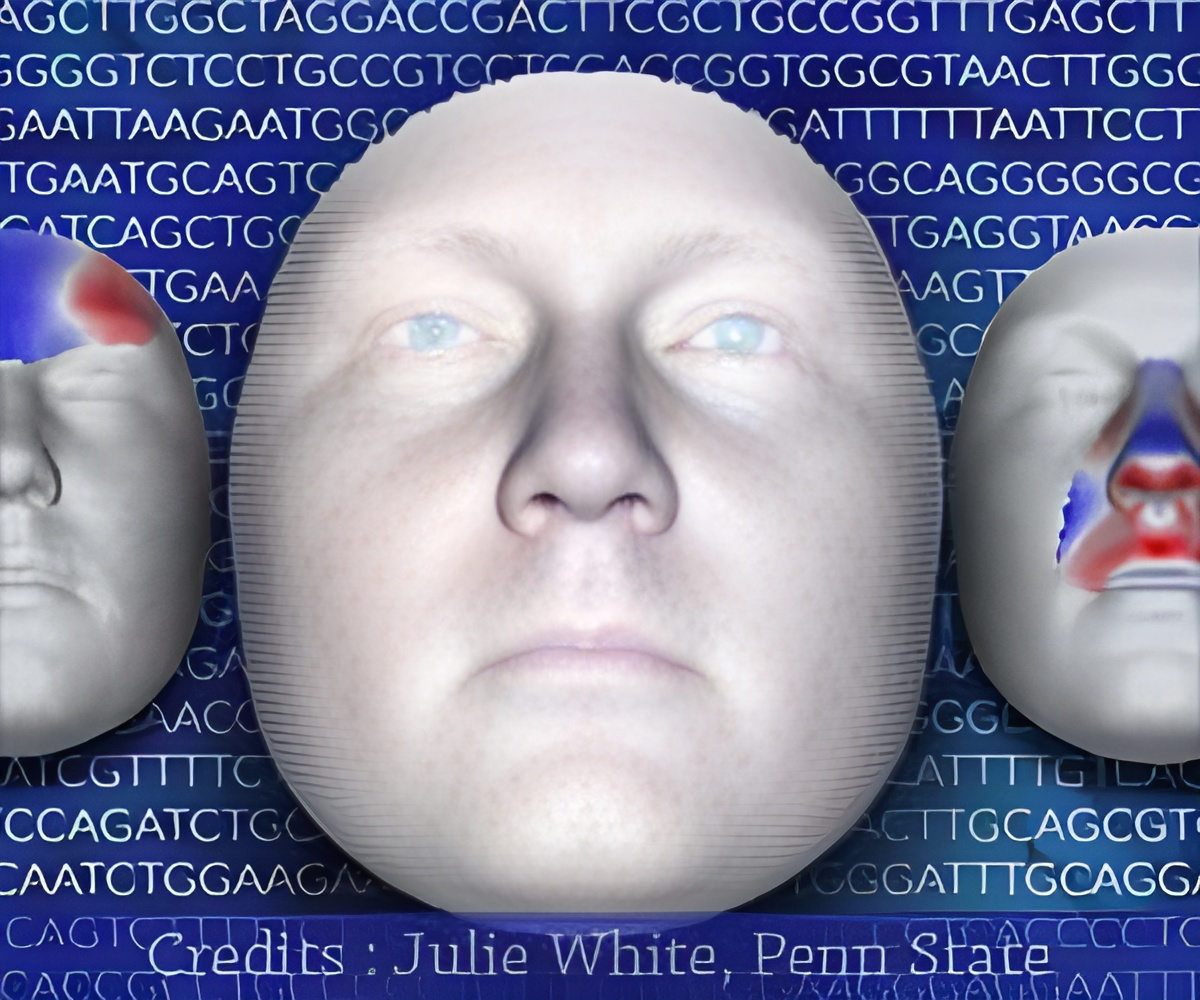
TOP INSIGHT
Rare genetic disorders have characteristic facial features that can be identified using artificial intelligence technology.
"The goal is to detect such diseases at an early stage and initiate appropriate therapy as soon as possible," says Prof. Dr. Peter Krawitz from the Institute for Genomic Statistics and Bioinformatics (IGSB) at the University Hospital Bonn (Germany).
In the new study, the AI system "GestaltMatcher" described is a continued development of "DeepGestalt", which the IGSB team trained with other institutions a few years ago.
While DeepGestalt still required about ten non-related affected persons as a reference for training, its successor "GestaltMatcher" requires significantly fewer patients for feature matching. This is a great advantage in the group of very rare diseases, where only a few patients are reported worldwide.
Furthermore, the new AI system also considers similarities with patients who have also not yet been diagnosed, and thus combinations of characteristics that have not yet been described.
Around 5,000 of the photos and patient data were contributed by the research team at the Institute of Human Genetics at the University of Bonn, along with nine other university sites in Germany and abroad. The researchers focused on disease patterns that were as diverse as possible.
"We are very happy to finally have a phenotype analysis solution for the ultra-rare cases, which can help clinicians solve challenging cases, and researchers to progress rare disease understanding," says Aviram Bar-Haim of FDNA Inc. in Boston, USA.
Doctors can already use their smartphones to take a portrait photo of a patient and use AI to make differential diagnoses. GestaltMatcher helps the physician make an assessment and complements expert opinion.
The GestaltMatcher Database (GMDB) will improve the comparability of algorithms and provide the basis for further development of artificial intelligence for rare diseases, including other medical image data such as X-rays or retinal images from ophthalmology.
Source-Medindia
 MEDINDIA
MEDINDIA


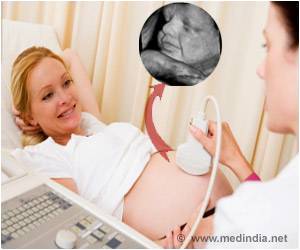

 Email
Email

